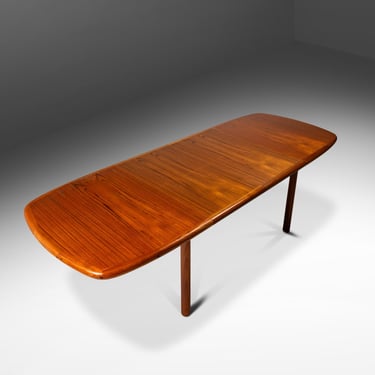
Danish Mid-Century Modern Extension Dining Table with Double Butterfly Leaf in Teak by D-SCAN, c. 1980...

Title: Danish Mid-Century Modern Extension Dining Table with Double Butterfly Leaf in Teak by D-SCAN, c. 1980s About: Equal parts beauty and functionality this extraordinary ...
$$$$$ · Indexed January 27, 2025 · Source
etsy.com
Content may be subject to copyright. Terms of Use
ABT Modern
DeLand, FL
Still looking? Try a search.
